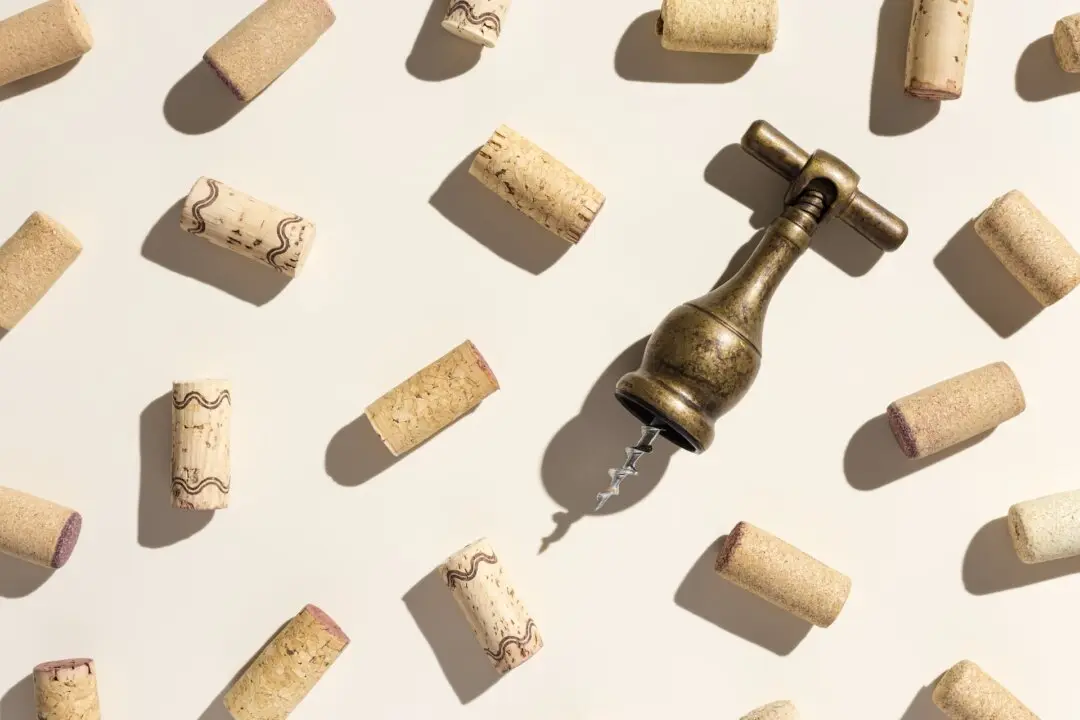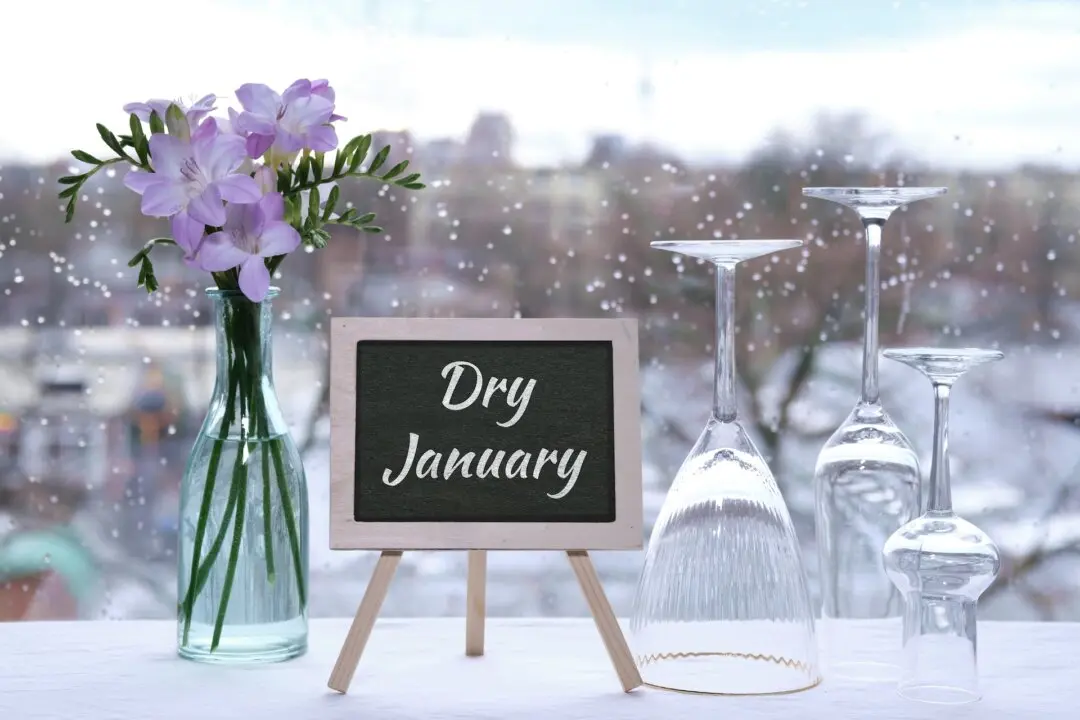A “shelf talker” is a slip of paper or a card with a few words that describe the wine sitting on the shelf or in the box that retailers hope will entice people to buy it.
One such shelf talker long ago said that a particular wine had received a gold medal in a major wine competition. A friend who was the man who ran that competition knew that this was a falsehood.





